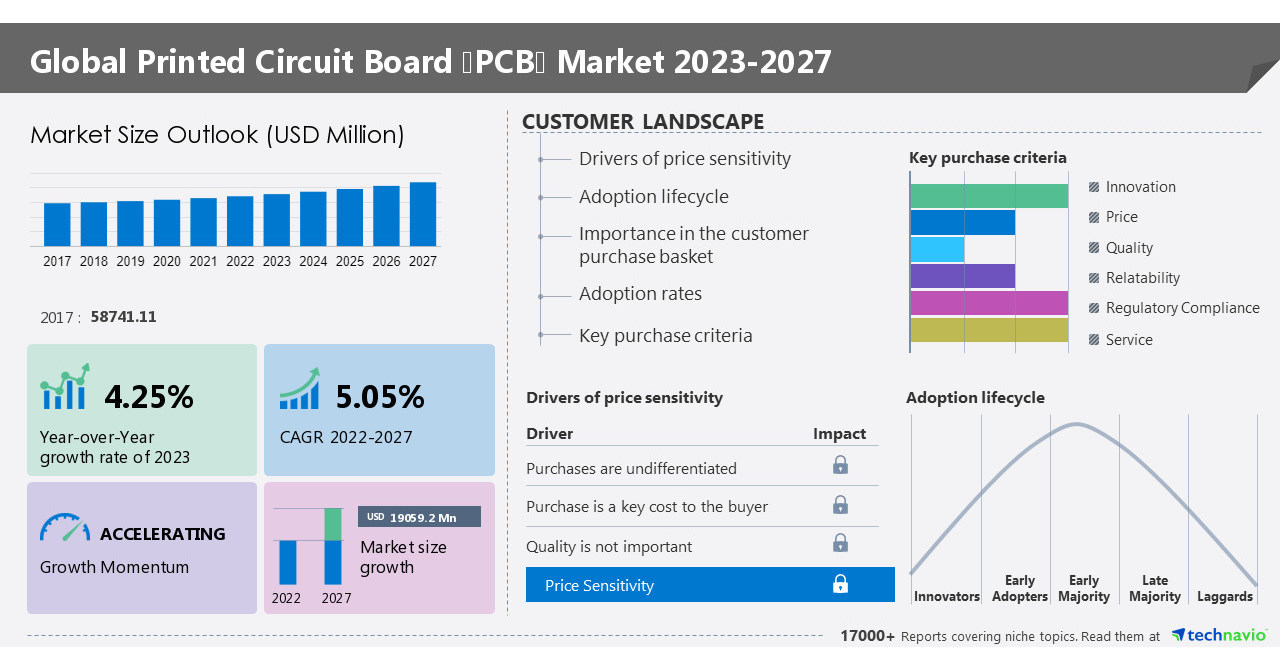Printed circuit board milling, also known as isolation milling, is a popular process for removing areas of copper from a sheet of printed circuit board (PCB) material to recreate the pads, signal traces, and structures in accordance with digital circuit board plans. This process is subtractive, meaning that material is removed to achieve electrical isolation and ground planes. There are numerous benefits of PCB milling, making it a preferred option over chemical PCB etching. In this blog, we will take a closer look at the process of PCB milling, its advantages, and the factors that determine the quality of circuit boards produced using this process.

Advantages of PCB Milling
PCB milling offers several advantages over traditional chemical PCB etching processes. One of the main advantages of the PCB milling process is its ability to produce high-quality circuit boards, which meet the needs of various industries. Other advantages of this process include:
1. Non-chemical: PCB milling is a non-chemical process, and therefore, it can be completed in an office or a lab environment without exposing workers to any hazardous chemicals.
2. Precise: PCB milling is a precise process that ensures high accuracy in reproduction of circuit board patterns. This results in consistent quality, and variant-free PCBs.
3. Quick turnaround: PCB milling allows for quick turnaround times, and therefore, it is often the preferred option for prototypes and small production runs.
4. Versatile: PCB milling can mill a wide range of substrates, such as FR4, Rogers, and aluminum, which makes it a versatile option for a variety of applications.
The PCB Milling Process
The PCB milling process begins with a layout file that contains the circuit board patterns. These patterns are then transferred to a milling machine, which removes the excess copper material leaving only the required circuit pattern. The milling machine used for this process has a cutting tool that rotates at high speeds, and moves along the X, Y, and Z axes to cut along the circuit board pattern. The cutting tool used for PCB milling is typically a conical or cylindrical shaped end mill. The PCB milling process is complete when the desired circuit pattern has been created on the substrate.
Factors that Determine the Quality of PCB Milling
The quality of the PCB milling process is chiefly determined by various factors such as true or weighted milling accuracy and control, the condition of the milling bits, and their respective feed/rotational speeds. The following are some of the factors that determine the quality of PCB milling.
1. Milling accuracy and control: CNC (Computer Numerical Control) machines are used in the PCB milling process, and high accuracy and control of these machines determine the quality of the milling process.
2. Milling bits: The quality and condition of the milling bits determine the sharpness, temper, and feed/rotational speeds required during the milling process.
3. Feed rate: The feed rate, i.e., the speed at which the milling tool moves across the substrate, must be optimized to ensure sufficient accuracy and to avoid damaging the substrate.
4. Substrate material: The substrate material used in the PCB milling process can also affect the quality of the circuit board. Different materials require different milling conditions, so it is important to choose the right material for the specific requirements of the circuit board.
Conclusion
PCB milling is a precise and versatile process that produces high-quality circuit boards. It is non-chemical, has quick turnaround times, and can mill a wide range of substrates. The quality of the circuit board produced by PCB milling depends on various factors, such as milling accuracy and control, the condition of the milling bits, their respective feed/rotational speeds, and the substrate material used. With the right milling machine and parameters, PCB milling can be used to produce high-quality, reliable, and cost-effective PCBs.